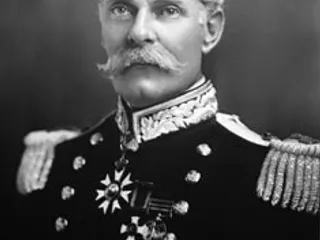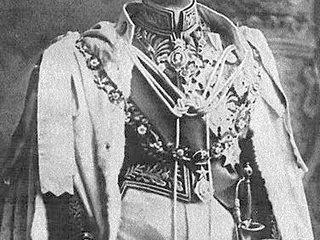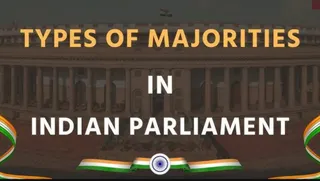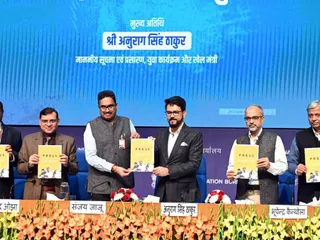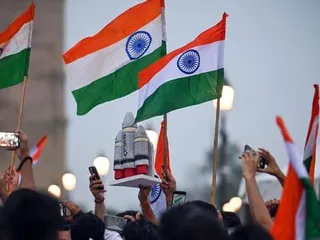The Indian National Army (INA), also known as the Azad Hind Fauj (Free India Legion), stands as a significant, albeit controversial, chapter in India's struggle for independence. Its formation and activities during World War II, under the leadership of Subhas Chandra Bose, remain a subject of intense historical study and debate.
Subhas Chandra Bose, a charismatic and influential leader within the Indian National Congress, parted ways with Mahatma Gandhi and the Congress's non-violent approach. He believed in a more assertive and radical path to independence. Escaping house arrest in India in 1941, he made his way to Germany and later to Japanese-occupied Southeast Asia.
Bose's alliance with the Axis powers, specifically Japan, was a pragmatic, albeit ethically complex, decision born out of a deep-seated desire for India's liberation. He envisioned using the war as an opportunity to strike at British rule from within, believing that a weakened Britain would be more susceptible to pressure for Indian independence.
With Japanese support, Bose established the INA in 1942. This army, comprised of Indian prisoners of war captured by the Japanese, as well as Indian expatriates living in Southeast Asia, became a potent symbol of resistance against British colonial rule. The INA’s ranks included women, notably Captain Lakshmi Sehgal, who served as a prominent figure in the women's regiment.
The INA's military campaigns, although ultimately unsuccessful in achieving a complete expulsion of the British, had a profound psychological impact on the Indian population. The very existence of an Indian army fighting against the British, even if aligned with Axis powers, challenged the image of British invincibility and fueled the flames of Indian nationalism.
The INA's activities, including their advancement into India from Burma (Myanmar), although short-lived, created widespread fear and apprehension within the British administration. The trials of INA personnel after the war, including those of prominent figures like Captain Sehgal, became highly publicized events, generating considerable public sympathy for the cause of Indian independence.
The legacy of the INA and Subhas Chandra Bose remains a complex and multifaceted one. While the alliance with the Axis powers remains a subject of debate, their actions undeniably contributed to the growing momentum for independence. The INA's existence provided a tangible demonstration of Indian resistance against colonial rule, bolstering the nationalist movement and weakening the moral authority of the British Raj.
The mystery surrounding Bose's death in a plane crash in 1945 continues to fuel speculation and conspiracy theories. Despite the uncertainty surrounding the circumstances of his demise, his legacy as a powerful symbol of Indian nationalism and a courageous leader remains firmly etched in Indian history.
In conclusion, the story of the INA and Subhas Chandra Bose is a compelling narrative of struggle, sacrifice, and unwavering commitment to national freedom. It highlights the complexities of fighting for independence and the diverse strategies employed to achieve this goal during a critical period of world history.

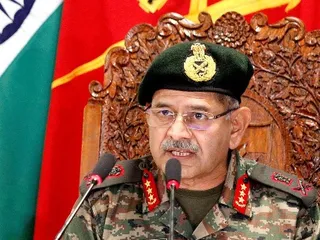


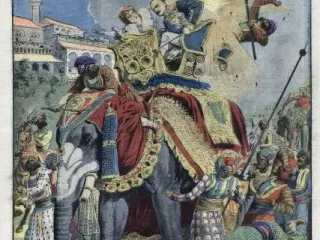




 (24)jpeg-1722421859875.jpeg.webp)








